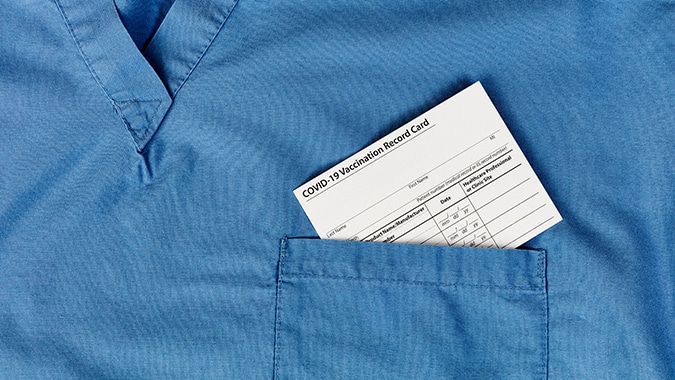The Small Business Administration (SBA) began accepting new applications for Paycheck Protect Program (PPP) loans this morning, even as Washington officials encouraged banks to process the applications that were already in the system when the first round of funding ran dry.
Also, according to published reports, the SBA will cap the amount of loans individual banks will be allowed to approve.
U.S. Small Business Administrator Jovita Carranza and U.S. Treasury Secretary Steven T. Mnuchin announced Friday that the SBA would begin accepting new PPP applications this morning and encouraged individual lending institutions working on the program to continue processing applications that have already been submitted.
“All eligible borrowers who need these funds should work with an approved lender to apply,” the two said in a joint statement. “Borrowers should carefully review PPP regulations and guidance and the certifications required to obtain a loan.”
The announcement comes on the heels of approval of the Paycheck Protection Program and Health Care Enhancement Act, which pumped an additional $320 billion into the program. The previous appropriation of $349 billion was mostly exhausted after the SBA had approved 1.66 million applications for more than $342 billion. The first round of funding saved more than 30 million jobs, according to the statement. Nevertheless, nearly 1 million applications had already been filed when the SBA closed off the program on April 16.
Congress made only one significant change to the program following widespread criticism that not enough money went to the truly small businesses that need it the most. The bill set aside $60 billion for small banks out of the $310 billion total available for loans (the other $10 billion is for administrative expenses).
Reuters is reporting that the SBA plans to limit individual banks to no more than 10% of the funding or about $60 billion in total loans, and to measure out the pace of new loan approvals so that funds are distributed more equitably.
PPP was created as part of the Coronavirus Aid, Relief and Economic Security (CARES) Act March 27 to help small businesses to continue to pay employees even when they were shut down or had their operations severely restricted. Businesses that use the money for payroll and meet the program’s requirements could have all or part of their loans forgiven.
